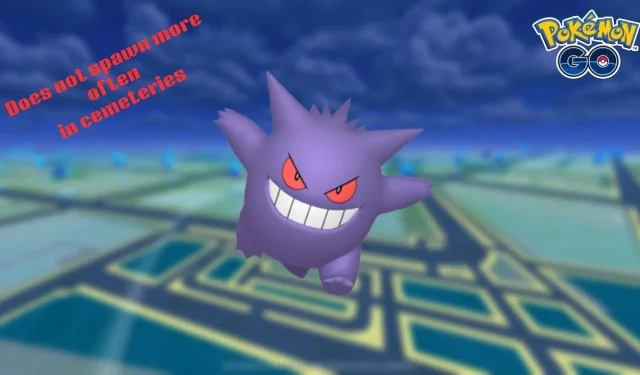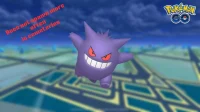Myths about Pokémon GO have proliferated since the game’s inception, fueled by its expansive player community. Among these misconceptions, players have often believed that specific real-world locations would influence the spawning of particular Pokémon. Additionally, many fans have been led to think that tapping the Poké Ball after throwing it would somehow improve their chances of a successful catch.
This article aims to explore and dismantle several widely held Pokémon GO myths, clarifying how chance rather than coincidence often accounts for these misconceptions.
Unraveling 5 Popular Pokémon GO Myths
1) The Connection Between Pokémon Spawns and Real-World Locations
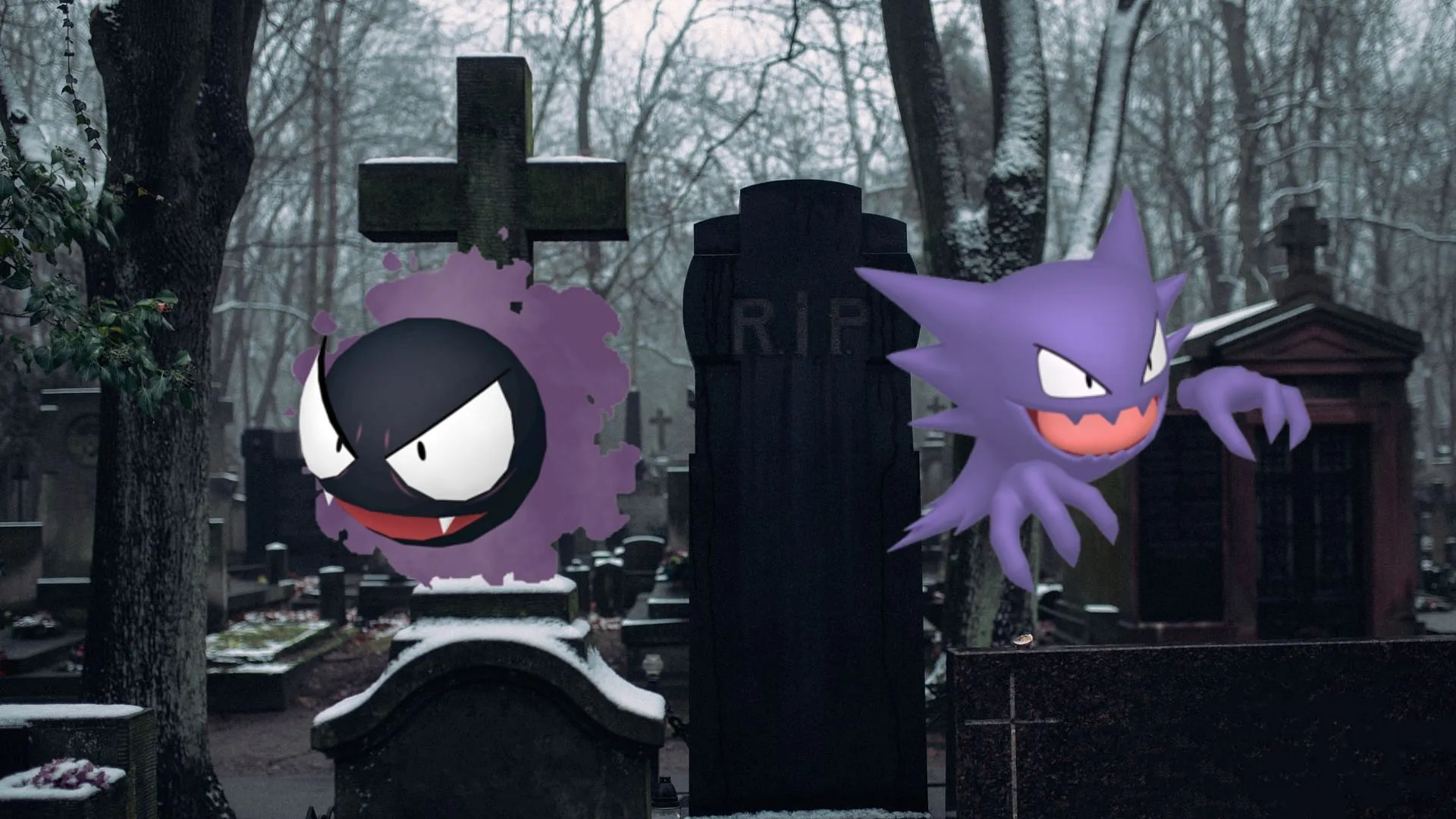
At launch, players speculated that Pokémon would appear in locations that correlated with their themes. A prevalent myth held that ghost-type Pokémon, such as Gastly and Haunter, were more likely to spawn in cemeteries, while others believed Chansey, known for its healing abilities, would be more common near hospitals.
Today, we understand that spawn rates are influenced by various factors, including real-world weather conditions and in-game events. While some Pokémon, like Burmy, may have spawn rates that relate to their environment, this is more of an exception than a rule.
2) Tapping the Poké Ball Enhances Catch Rates
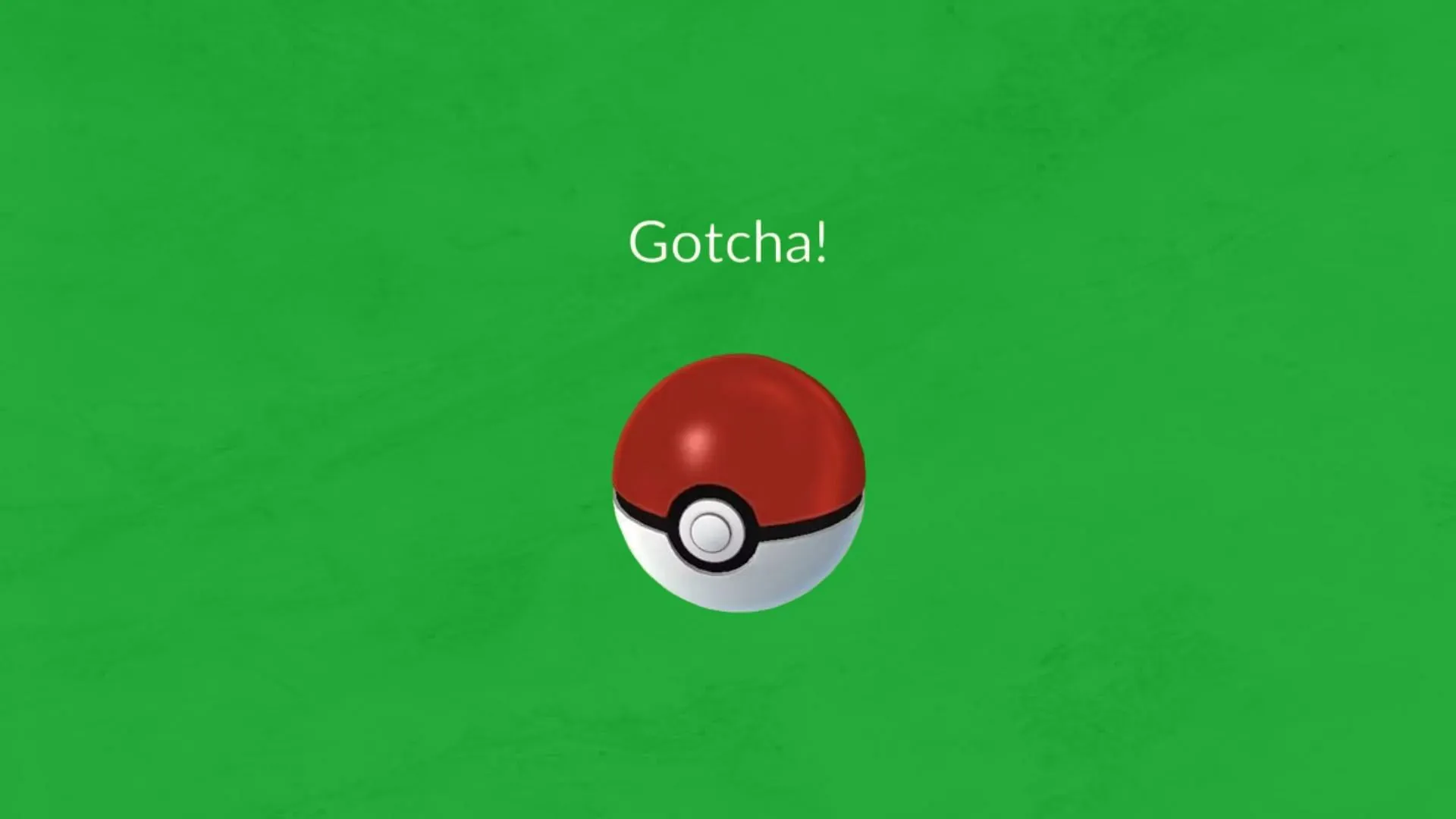
Another widespread belief in Pokémon GO is that tapping the Poké Ball immediately after a throw increases the likelihood of catching a Pokémon. This notion mirrors similar strategies from earlier Pokémon games, where players would mash buttons to influence outcomes.
However, this tactic lacks any actual basis in the game’s mechanics and remains a mere superstition.
3) Raid Boss Capture Limits
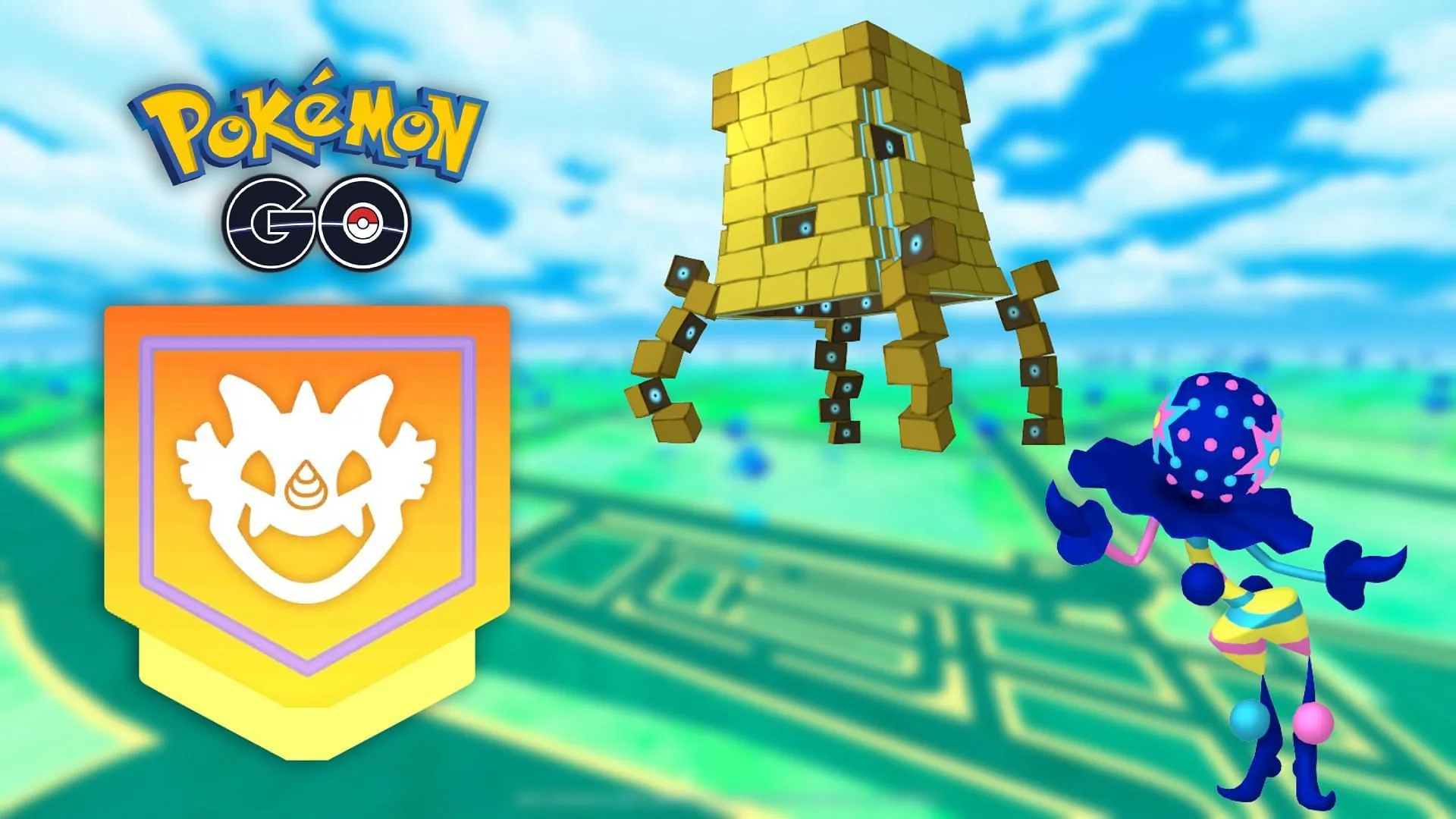
Myths surrounding raids tend to spread quickly due to the collaborative nature of the experience. One common misconception has been that there is a cap on how many players can successfully catch a Raid Boss. Many believed that if numerous players tapped “OK”to catch the creature, slower participants could miss out.
In reality, there is no limit on the number of players who can capture a Raid Boss, dispelling this myth once and for all.
4) The Impact of In-Game Weather on PvP Battles
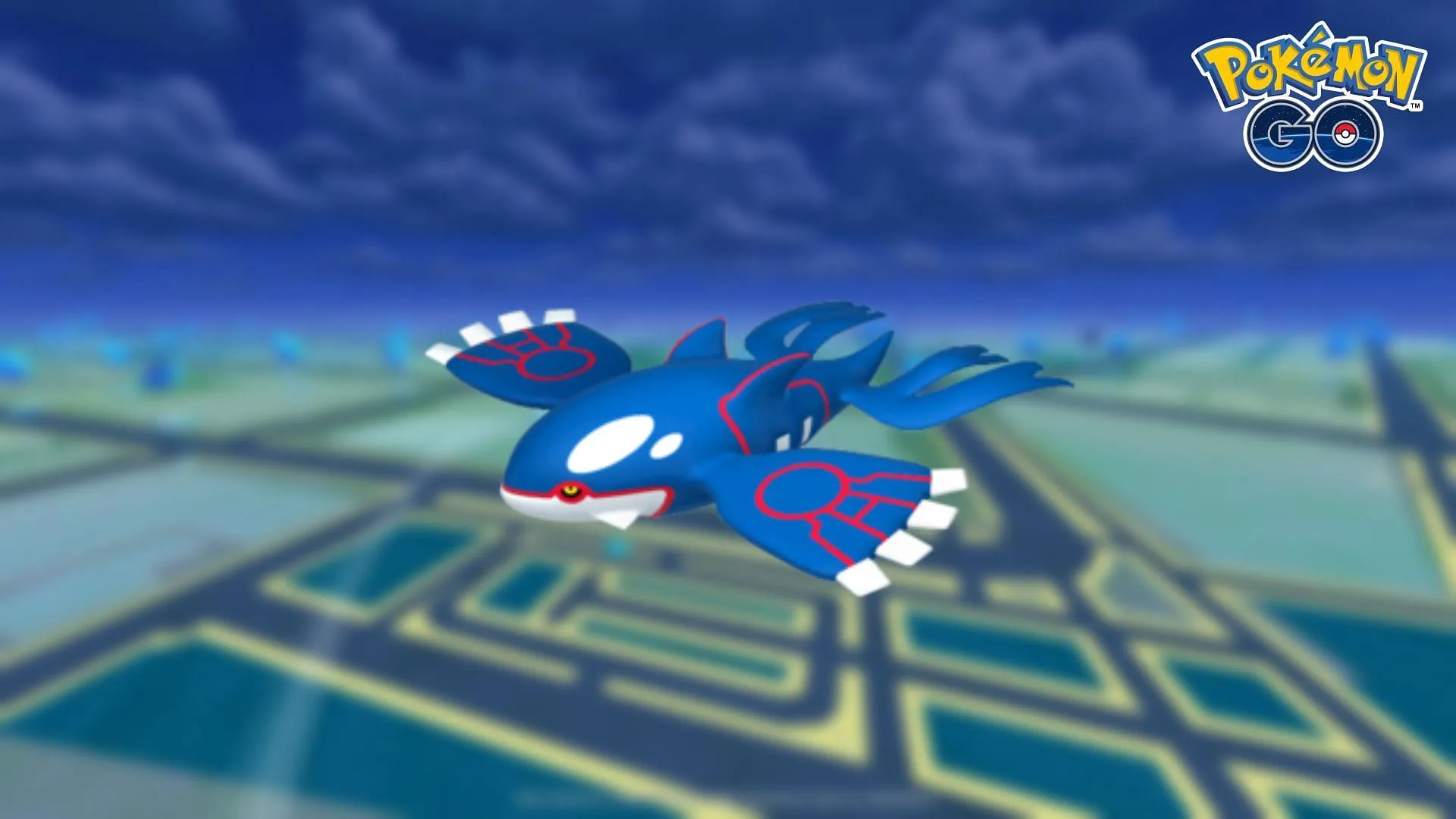
This myth involves the in-game weather displayed in the user interface, leading some players to believe that adverse conditions like rain or sunshine could enhance their Pokémon’s battle performance in the GO Battle League. However, in-game weather effects do not carry over to influence PvP matchups, making this idea unfounded.
5) The Significance of IVs in Competitive Play
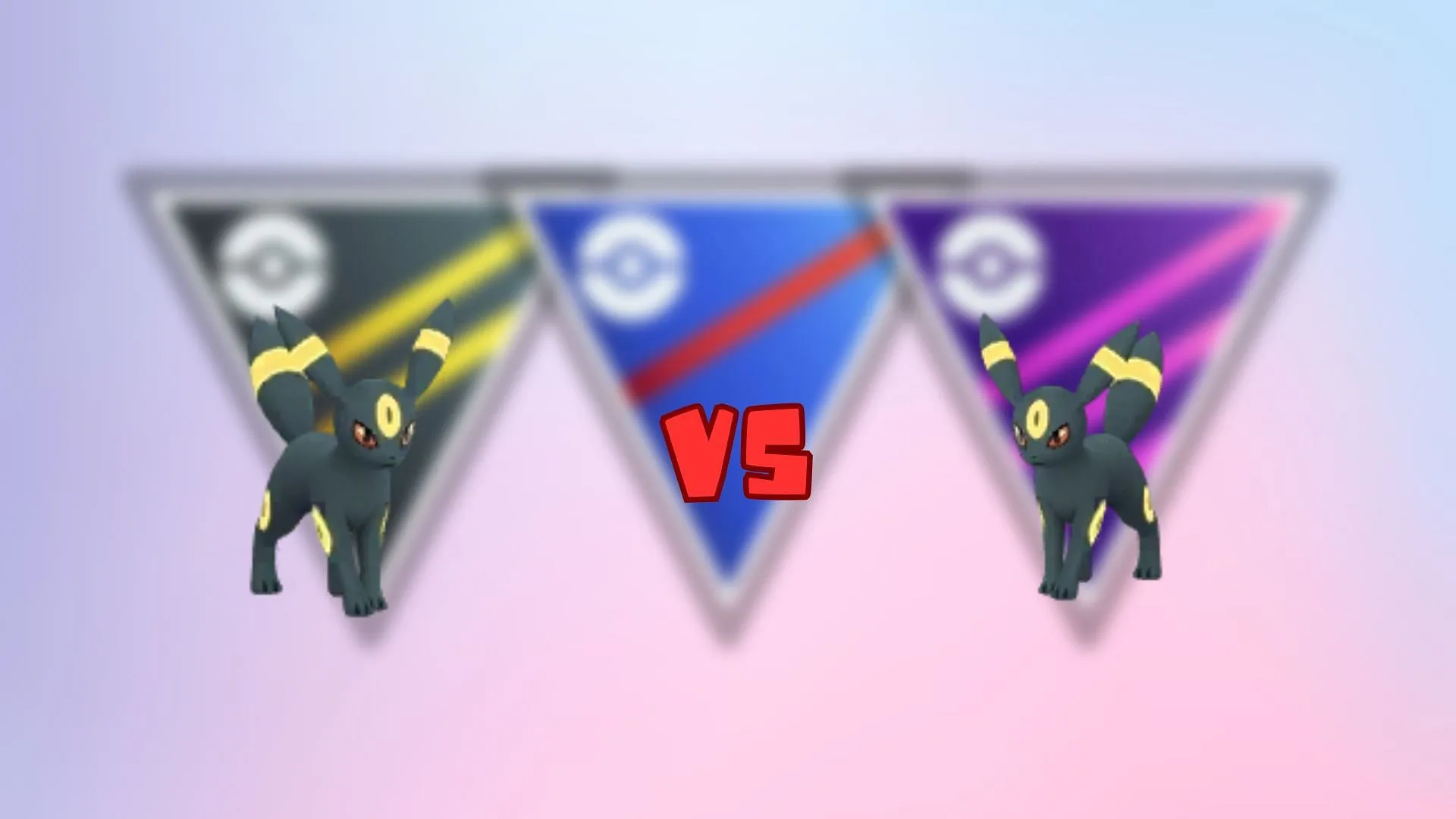
Individual Values (IVs) are indeed valuable in Pokémon battles, particularly when two highly skilled players face off. A notable difference in IVs can certainly tip the scales in battle.
However, attributing success solely to IVs overlooks other critical factors such as team composition, type advantages, base stats, as well as strategic gameplay elements like attacking, switching, and judicious shield use. These elements all contribute to an overall strategy far more than IVs alone.
